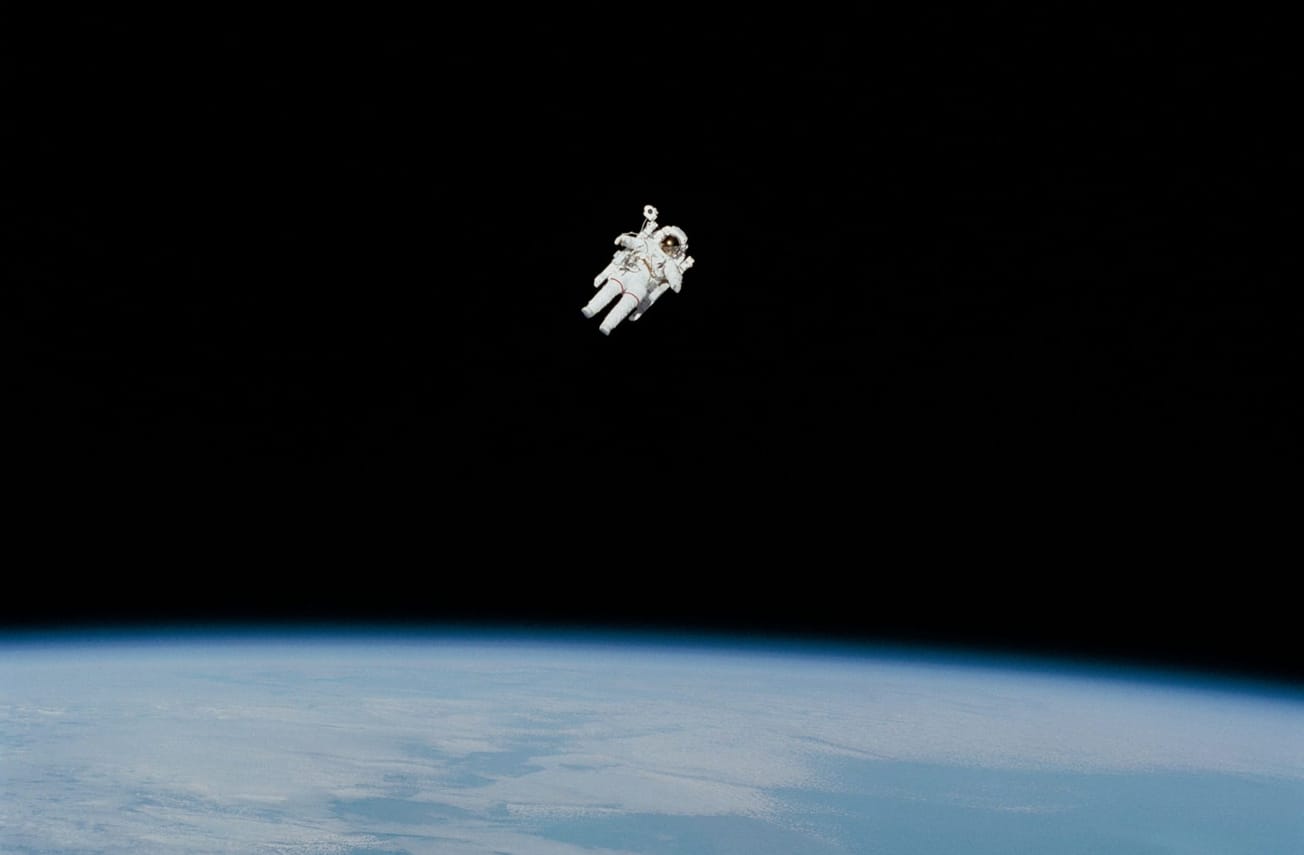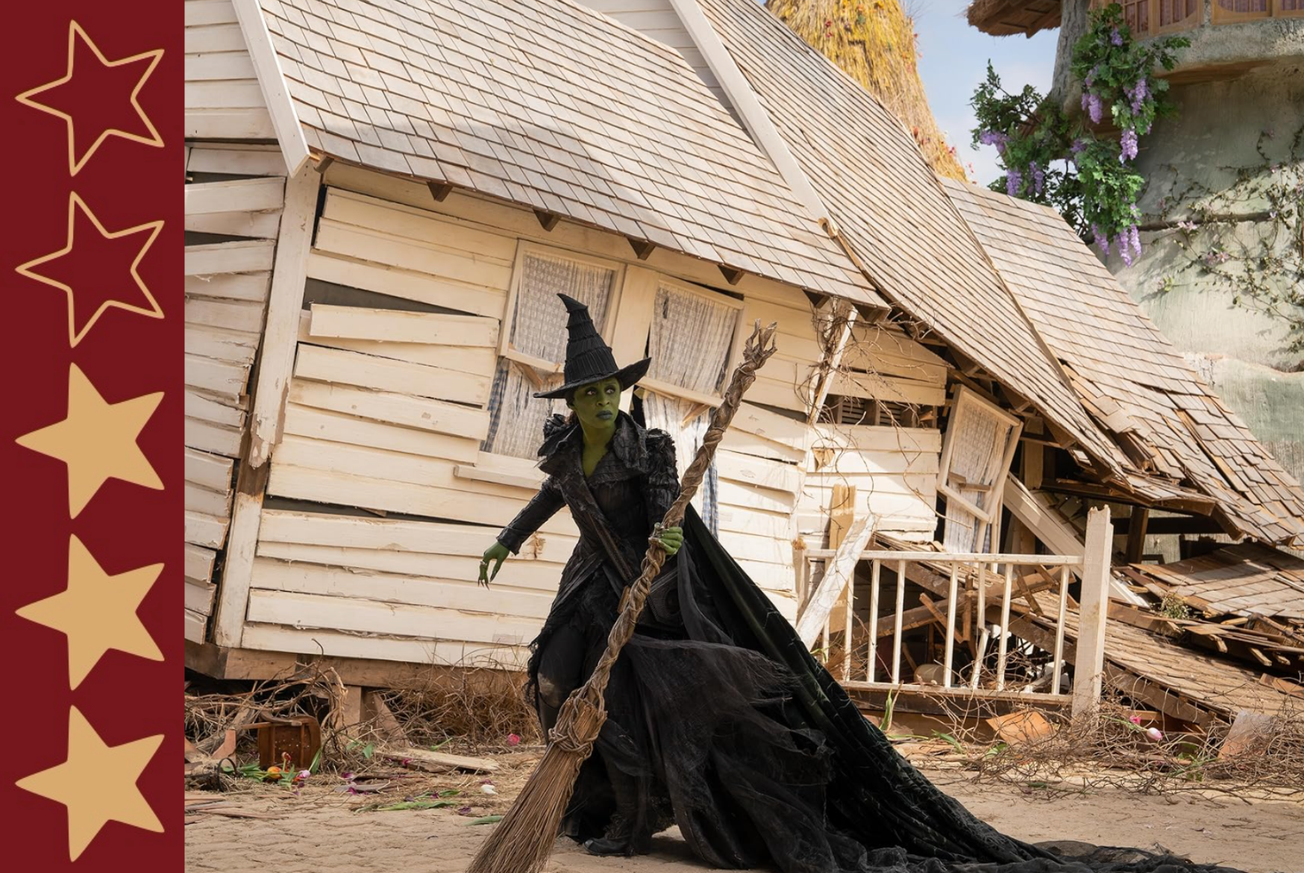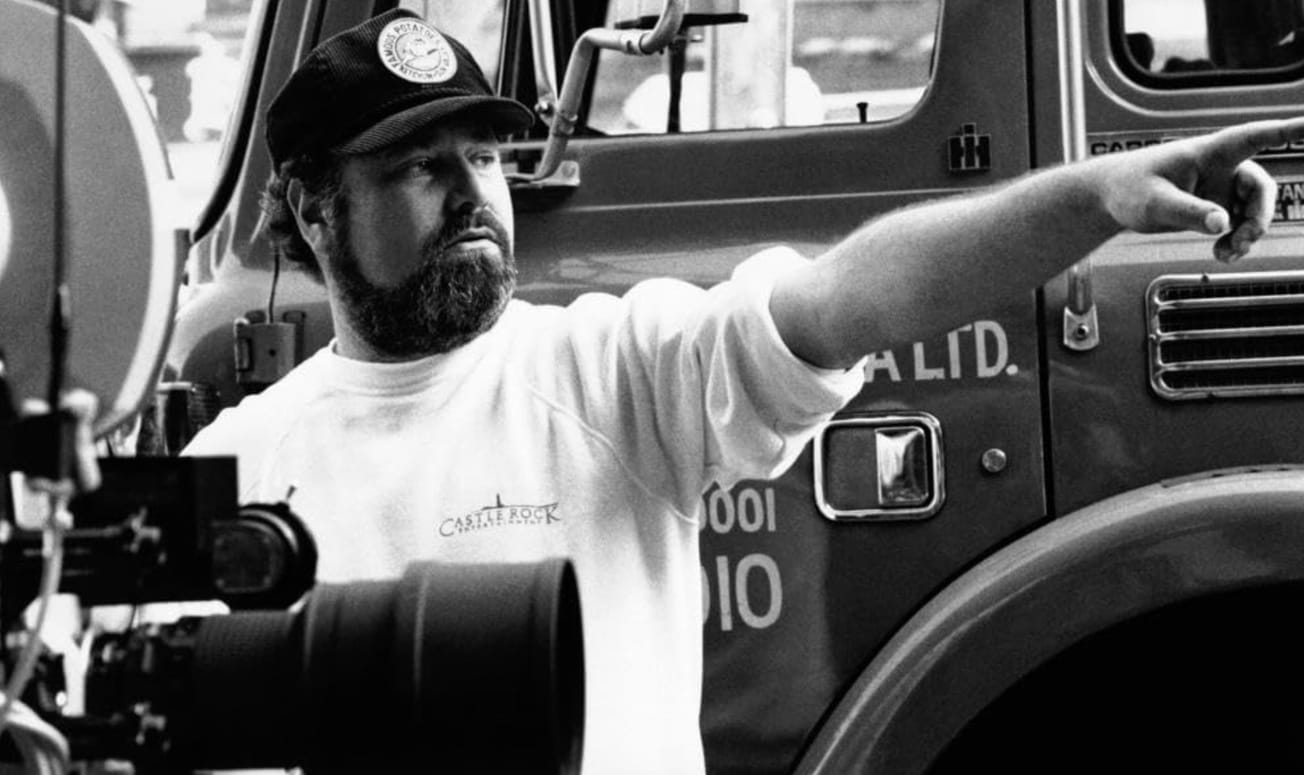By Eleanor Barnes, First Year, English
Winter can be a tedious time with shorter sunlight hours, January blues, and tight budgets. I know it can be hard to find exciting things to look forward to in these dreary months. However, good news for stargazers everywhere: a planetary alignment of six planets will be visible this January and February.
For anyone wanting a free, astronomical adventure to liven up the evening hours, take a look into the night sky and you will be able to see the planets Saturn, Mars, Jupiter, and Venus. Uranus and Neptune, although also part of the alignment, can only be seen with an optical aid, like a telescope or binoculars. Furthermore, Jonathan O'Callaghan from the BBC states for one night only on the 28th of February Mercury will also join them to complete a seventh alignment.
To understand why the alignment happens, you need to know that the Earth follows an orbital plane around the sun called an 'ecliptic', which is basically an imaginary line through the sky that marks the apparent annual path of the sun. The ecliptic is a marker for zodiac constellations. The planets follow a similar orbit to Earth meaning they also stay close to this ecliptic plane. On rare nights our planets can cluster together across this line where they 'parade' across the sky.
NASA scientist Preston Dyches says that we can "enjoy a sweeping view of four bright planets at once".
So what is special about the planetary parade? Well, the next notable planetary alignment of 5 planets won't happen until 2040 and Jonathan O'Callaghan predicts 7 planets aren't meant to align again for another 175 years, however we cannot definitively say. Nasa even comments that, although not exceptionally rare in the grand cosmic scheme of things, it is still definitely one to look out for.

Here is a crash course in spotting the planetary alignment:
- Head for somewhere with clear skies, low light pollution and a clear horizon. Wait until about 45 minutes after sunset and the planets should be visible in the night sky.
- Look for the steadiest points of light in the sky. Stars are further away from us than planets, so they (as the nursery rhyme suggests) 'twinkle'. The star's light source passes through the Earth's atmosphere and is distorted by fluctuations in atmospheric pressure. The long word for it is called 'atmospheric scintillation'. Planets ,being closer, appear as discs with multiple rays reaching our eyes simultaneously. These rays average out the atmospheric distortions hence why they appear as fixed points of light.
- Venus and Saturn will appear in the southwest. Venus will have a slight crescent phase to it as it is currently a half Venus. Saturn will appear as a steady point of light.
- Jupiter can be spotted in the south area of the sky.
- Mars is on the eastern horizon and will appear as a reddish dot.
- And, finally, on February 28th you can locate Mercury if you look towards the general direction of the sunset. You should be able to see a slightly pink hue on the planet.
- If you want to see Uranus you will at minimum need binoculars, but scientists recommend a telescope for Uranus and especially for Neptune.
'Go Stargazing' recommends Victoria Park in Bristol to see the stars. Additionally, Leigh Woods is a local hotspot that can be perfect to see the cosmic spectacle. Both places escape the harsh light pollution levels so can be a great place to stargaze and witness the wonders of the night sky.
Look up this winter! No matter how your 2025 has started, I think we can all admire the beauty in cosmic phenomena and the harmony of our solar system.
Featured Image:NASA







